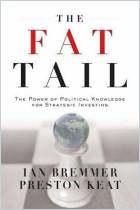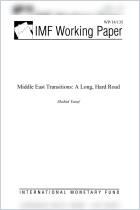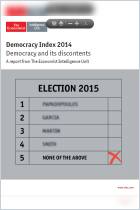
The J Curve
A New Way to Understand Why Nations Rise and Fall
Reprinted by permission of Simon & Schuster, Inc., N.Y.
ISBN: 9780743274715
Pages: 320
Recommendation
Nation states today are part of a delicate, interconnected global system, so one country's failure can create worldwide instability. While individual countries' problems seem disjointed, author Ian Bremmer provides a unified, overall way of explaining how nations develop in a world of constant change. He uses a “J curve” graph – featuring a center line shaped like a sans-serif J anchored in the upper right corner and tilted like a fishhook – to categorize countries according to their openness and stability. With this analytical system, Bremmer explains how each country flows along the J curve according to its unique history, culture and politics. Because his profiles make the world situation easier to understand, getAbstract considers this a major contribution to fostering a comprehensive view of world affairs. This book may not change the world, but it will help more people understand its intricate interconnections and why certain countries act as they do.
Summary
About the Author
Ian Bremmer, president of a political-risk consultancy, also wrote New States, New Politics: Building the Post-Soviet Nations. He is a Slate columnist and a political commentator on CNN, FOX and CNBC. He has written more than 200 articles in international publications, including The Financial Times, The Wall Street Journal, the Harvard Business Review and The New York Times.

















Comment on this summary